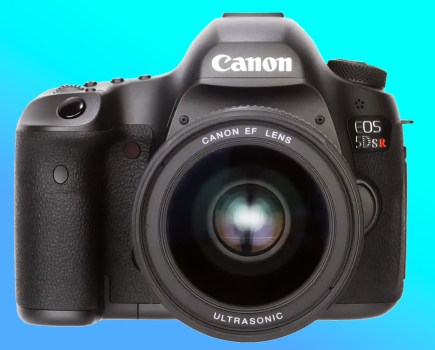As production of film has failed to keep up with demand, the cost of being a film photographer has got out of hand. Jon Bentley ponders on the solution.
The rising cost of 35mm
Something needs to be done about the worldwide colour film shortage. Prices are stratospheric and some varieties, especially in 35mm format, are practically unobtainable. Enthusiastic participation in the burgeoning analogue revival, at least in colour, is getting frighteningly expensive.
The problem seems to be that Kodak greatly underestimated future film demand when it emerged from Chapter 11 bankruptcy protection back in 2013. It closed its plant in Guadalajara, Mexico where 35mm film was “confectioned” – a delightful term that refers to the processes of slitting, cutting, edge marking, perforating and packing it – and shifted production to the company’s base in Rochester, New York.
Only two out of sixteen expensive machines called spoolers, crucial to the manufacturing process, were saved and shipped to Rochester. Kodak thought it would never need any more than two. Then demand for film unexpectedly boomed. Now it needs more machines but can’t easily recreate the lost devices – it’s a case of once they’re gone, they’re gone.
It’s no use expecting Fujifilm, the only other firm on the planet that currently makes colour film in quantity, to make up the shortfall. Like Kodak, it didn’t anticipate the booming demand and, all too often, its films are also out of stock or only available at extortionate prices.
Analogue stalwart Ilford isn’t in a position to help either. Its giant black and white film factory in Cheshire would need massive investment to convert to colour, which requires additional coatings the machinery can’t handle.

Kodak Portra 800 35mm Film
Hope for the future of colour film
Small scale, grassroots manufacturing operations are springing up around the world. In Italy Film Ferrania is creating the “the world’s smallest full-service film factory” and has announced its intention to develop a colour film.
Adox, a relaunched German film brand, has been stockpiling equipment from closed film manufacturers like Agfa-Gevaert and Konica and is gradually getting it all working at a former military laundry near Berlin. Much of the equipment was expressly designed to manufacture film in smaller volumes, often while developing new emulsions.
Orwo is another old German film brand that’s been revived. Its new, limited edition 500 ISO colour film, Wolfen NC500, is being produced alongside two black and white films, on a site where film has been made since 1910.
Elsewhere crowdfunding is paying dividends. Los Angeles based Cinestill, which repackages modified movie film into 35mm and 120 formats, has just funded 400Dynamic, its first film especially designed for stills photography and C41 processing. In Finland Santa 1000 has a plan to repackage aerial photography and surveillance film into low cost 35mm (recyclable) canisters.
Taken together all these developments might be just enough to restore a healthy balance between demand and supply and keep analogue colour photography reassuringly accessible and affordable.
Featured image © Jon Bentley
The views expressed in this column are not necessarily those of Amateur Photographer magazine or Kelsey Media Limited. If you have an opinion you’d like to share on this topic, or any other photography related subject, email: ap.ed@kelsey.co.uk
Need more practical tips on keeping the costs of film photography down?
Check out Jon Stapley’s article: ‘How to do film photography on a budget’.








